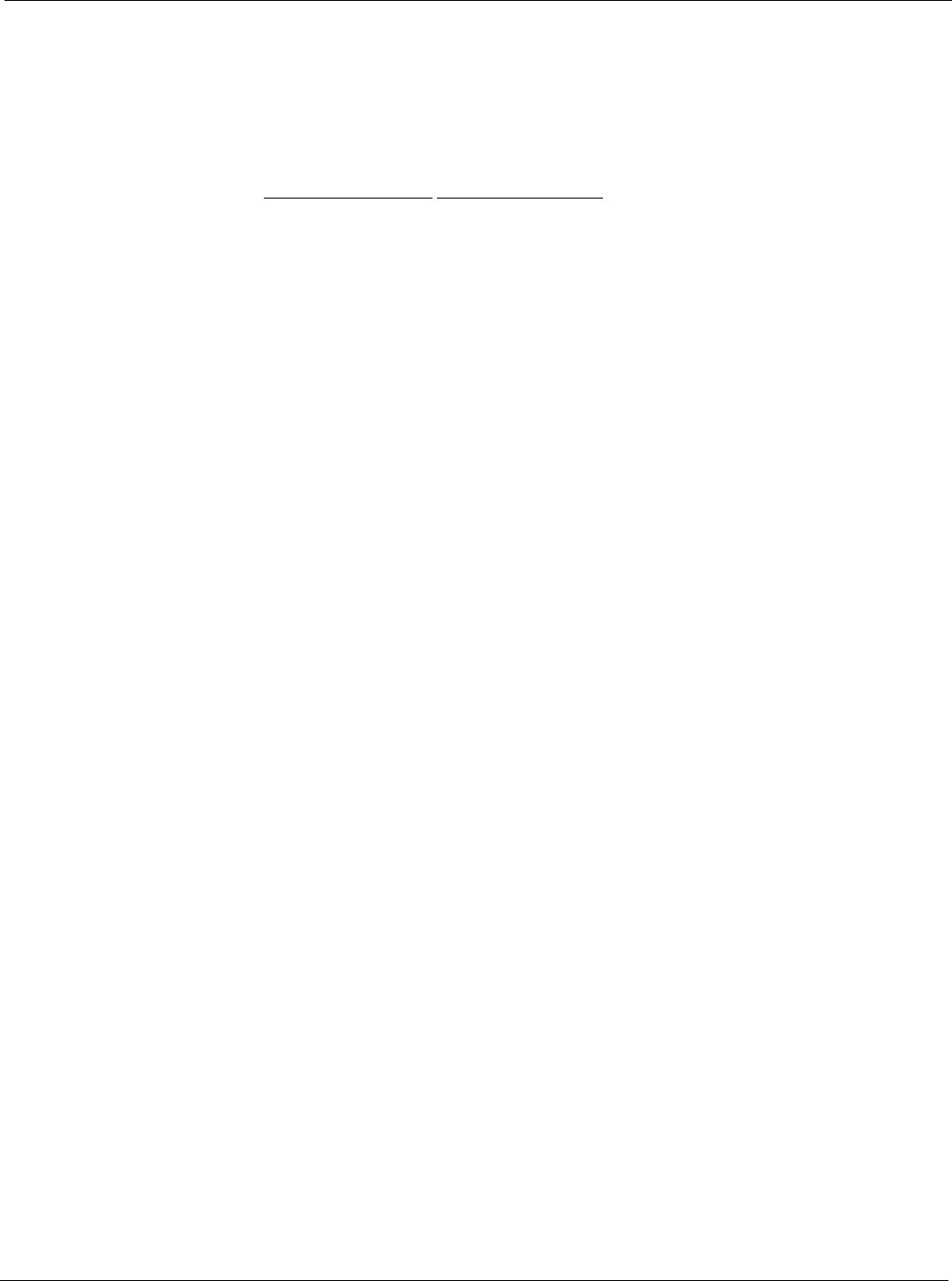Instruction manual
Table Of Contents
- Introduction
- Using the Keypad/Display
- Keypad/Display Menu Structure
- System Summary Menu
- Standard Menus
- System Menu
- Occupancy Menu
- Temperature Menu
- Flow Summary Menu
- Supply Fan Speed Menu
- Return/Exhaust Fan Speed Menu
- Cooling Menu
- Head Pressure Menu
- Evap Condensing Menu
- Economizer Menu
- Min OA Damper Menu
- Heating Menu
- Energy Recovery
- Dehumidification Menu
- Daily Schedule Menu
- One Event Schedule Menu
- Holiday Schedule Menu
- Optimal Start Menu
- Operating Hours Menu
- Extended Menus
- Unit Setup Menu
- Timer Settings Menu
- Time/Date Menu
- Supply Fan Setup Menu
- Return/Exhaust Fan Setup Menu
- Zone Temperature Setup Menu
- Compressor Setup Menu
- Head Pressure Setup Menu
- Chilled Water Setup Menu
- Economizer Setup Menu
- Design Flow Setup Menu
- Heating Setup Menu
- Dehumidification Setup Menu
- Alarm Out Configuration Setup Menu
- Alarm Limits Setup Menu
- Manual Control Menu
- LON/BACnetIP/BACnetMSTP Setup Menu
- Active Alarm Menu
- Alarm Log Menu
- Advanced Menus
- Unit Configuration Setup Menu
- Save/Restore Menu
- Alarm Delays Setup Menu
- Analog Input Status Menu
- Universal I/O Status Menu
- Digital Input Status Menu
- Digital Output Status Menu
- Adv Setup Settings Menu
- Adv Status Parameters Menu
- Alarms
- Operator’s Guide
- Determining Unit State
- Off Operating State
- Start Up Operating State
- Recirculating Operating State
- Heating
- Economizer
- Mechanical Cooling
- Determining Unit Status
- Determining Control Mode
- Determining Cooling Status
- Determining Heat Status
- Determining Economizer Status
- Determining Cooling Capacity
- Determining Heating Capacity
- Determining Supply Air Fan Capacity
- Determining RF/EF Capacity
- Determining Outside Air Damper Position
- Determining Emergency Mode
- Determining Application Mode
- Determining Occupancy Status
- Determining Occupancy Mode
- Determining Occupancy Source
- Unoccupied Operation
- Scheduling
- Temperature Control Configurations
- Heat/Cool Changeover
- Dehumidification
- Energy Recovery
- Outside Air Damper Control
- Outside Air Damper Control, Two Position
- Special Procedures for Units with WRV and More Than Two Circuits.
- Water Pump Control
- Cooling: Multistage
- Cooling: Modulating
- Heating Control
- Modulating
- Min DAT
- Indoor Air Fan - On/Off Control

McQuay OM 920 117
Operator’s Guide
Fan Tracking Control
For units with variable frequency drives, the return fan may be controlled such that the return
fan speed tracks up and down with the supply fan speed. The user defines the position of the
return fan with respect to the supply fan for minimum and maximum positions. When the
supply fan is between the minimum and maximum positions, the fan varies proportionally
between its minimum and maximum values. There are four adjustable parameters to define
this relationship. They are:
Supply Fan (DF) Value
Return Fan (RF) Value
Supply Fan Max Return Fan @ Supply Fan Max
Supply Fan Min Return Fan @ Supply Fan Min
To set the four parameters described above, the airflow and return vane positions are adjusted
until Maximum Airflow and proper indoor conditions are met. The Supply Fan is controlled
normally as the VAV boxes are adjusted to obtain maximum airflow. The Return Fan is
adjusted using the Remote RF/EF setting on the keypad. The user then uses the key to set the
Supply Fan Max values and Return Fan @ Supply Fan Max to the observed values. The
process is repeated at minimum airflow to set Supply Fan Min and Return Fan @ Supply Fan
Min values. The user may choose Outdoor Air Minimum reset to function with the building
static control. If the building static continues to drop after the variable frequency drives are at
25%, the Outdoor Air Damper minimum will be reset upwards from the initial value to a
maximum set by the user. When this method is chosen, the user may also choose to have a
Low Limit prevent the minimum from being set too high. This low limit can use the discharge
or the entering fan temperature sensor.
Building Static Pressure Control
A PI control loop is used to modulate the variable frequency drive of the exhaust fans to
maintain a measured building static pressure at a setpoint. The BSP Gain, Project Ahead Time,
and Sample Time are editable via the keypad
The Building Static Pressure setpoint may be set through the keypad or via a network signal.
The active setpoint is changed whenever either of these values changes so it equals whichever
value was changed most recently.
Speed Control
When speed control is selected, the fan operates at the larger of its minimum speed or a value
provided via a connected network or the keypad/display. This value reverts to zero when the
unit is off and remains at that value after startup until a non zero value is written via the
network or the keypad/display. The exhaust fan does not start until a value greater than the
minimum value is written by the network or keypad/display.










